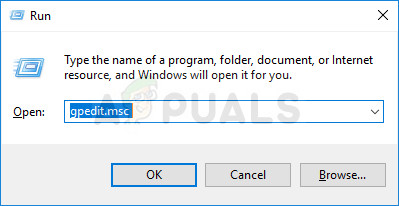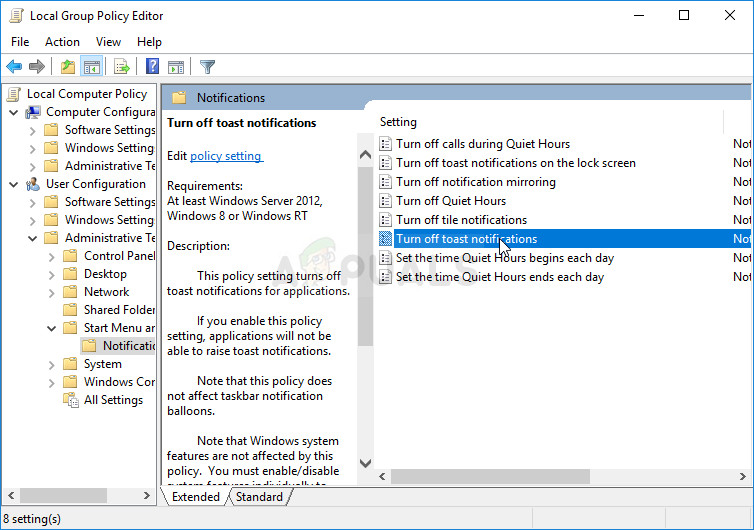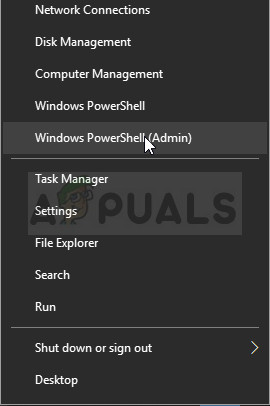You need to fix your Microsoft Account (5 Fixes)
This error is quite specific as it appears on various devices including your Windows 10 PC as well as mobile devices running Windows Phone OS and the error message even mentions the error appearing on other devices.

There are several solutions for the problem and sometimes they can be handles via your Windows 10 PC and, in other cases, directly on your Windows Phone OS running device. If you are only running Windows on various devices, you should skip solutions which are performed on Windows Phone. Good luck!
Solution 1: Log out and Back in
Users have reported a weird fix where they logged out of their usual account but they weren’t able to sign in with their regular password they used for their account. This is a weird bug or feature where Windows automatically connects your Microsoft ID with your PC and you need to log back in using this ID in order to continue using your computer normally. Try this out below:
- Click on the Start menu button and click the Account icon at the top of the right set of icons. You should see an option saying Sign out. Alternatively, you can use the Ctrl + Alt + Del key combination which will bring up a blue screen with several options. Choose Sign out or Switch user.

- When you attempt to log back into your account, you may notice that your old password is not working and you may notice other changes. Try inputting your Microsoft ID credentials (username and password) in order to log back into Windows. Everything should be okay now.
Solution 2: Move Apps Back to Phone Storage – Windows Phone
If the error appears either on your Windows 10 PC or your Windows Phone, this method should be able to fix it if the same Microsoft account is used on both of these devices. This error appears with other symptoms such as apps being unable to update on your mobile phone.
It can be fixed if you move the apps currently placed on your mobile phone’s SD card back to your phone storage. Try this out by following the instructions below.
- On your Windows Phone, open Settings and click on the Storage section. Click the phone option and then click on apps+games which should open the list of installed apps on your phone.

- Locate the apps which fail to update properly and click on them in order to open the window displaying its storage use. You should see the move to phone storage option. Click on it and repeat the same process for all apps installed on your computer. Check to see if the annoying notification has disappeared.
Solution 3: Fix the Problem via Settings
Sometimes the error occurs after a major update either on your Windows 10 PC or on your Windows Phone. There are also other scenarios where this method may be useful and we highly recommend you spare a minute and try out this method. It should only take a minute no matter if you try it out on your PC or your smartphone.
- Click on Settings either on your phone or by clicking the Start menu on your PC and clicking the gear icon at the bottom left part of the menu.

- Navigate to Accounts >> Email & app accounts and try to locate the “Fix” option for the problematic account. You will probably need to re-enter your login credentials before you proceed. Check to see if the problem is solved afterwards.
Solution 4: Use Group Policy
Using Group Policy is always useful if you follow the correct instructions for the scenario at hand. There are many settings and option which can be changed from within the Group Policy environment and you should definitely be ready to solve your problem by following the steps below.
- Use the Windows Key + R key combination on your computer in order to open the Run dialog box. Enter “gpedit.msc” in the Run dialog box, and press the OK button in order to open the Group Policy Editor.

- On the left section of Local Group Policy Editor, under User Configuration, double click on Administrative Templates, and navigate to the Administrative Templates > Start Menu and Taskbar > Notifications section.
- Select the Notifications folder by double-clicking on it and navigate to its right side section.
- Double click on the “Turn off toast notifications” policy option, check the box next to the “Enabled” option, and apply the changes you have made before exiting Group Policy Editor.

- Finally, restart your computer in order to save these changes and check to see if the annoying notification has disappeared.
Solution 5: Update Windows to the Latest Version
If the error is caused by a bug in your Windows’ installation, it’s only a matter of time before professionals in Microsoft notice the problem and release a patch to fix it in no time. Most probably the patch has already been released and you may have not been there to download it in time.
It may have something to do with how updates are installed on your computer. Either way, follow the instructions below in order to install all updates immediately.
- Open the PowerShell utility by right-clicking the Start menu button and clicking on the Windows PowerShell (Admin) option at the context menu.

- If you see Command Prompt instead of PowerShell at that spot, you can also search for it in the Start menu or the search bar next to it. This time, make sure you right-click on the first result and choose Run as administrator.
- In the Powershell console, type in “cmd” and stay patient for Powershell to switch to the cmd-like window which might appear more natural to Command Prompt users.
- In the “cmd”-like console, type in the command shown below and make sure you click Enter afterwards:
wuauclt.exe /updatenow
- Let this command do its thing for at least an hour and check back to see if any updates were found and installed without issues. This method can be applied to all Windows operating systems, including Windows 10.
Alternative for Windows 10 Users:
- Search for Settings in the Start menu and click on the first result which pops up. You can also tap on the gear-like button at the lower left part of the Start menu.

- Locate the Update & security section at the bottom section of the Settings window and click on it in order to open Windows Update options, among others.
- Stay in the Windows Update tab and click on the Check for updates button under the Update status section in order to check if there is a new version of Windows available for users to download.

- If there is one, Windows should start the downloading and installation process automatically. Make sure you remain patient and you restart your computer when prompted. Check to see if the problem with opening the problematic app is solved after this.




